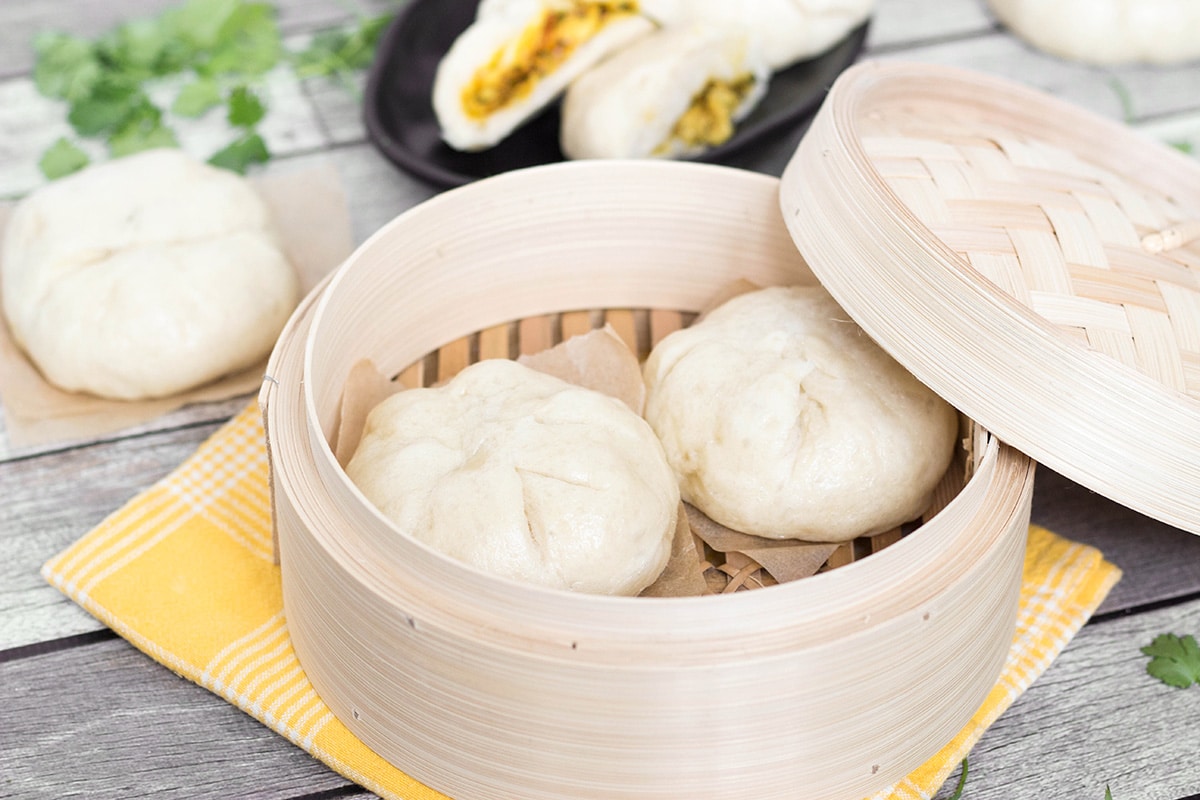

Articles
How To Cook Siopao Without Steamer
Modified: February 28, 2024
Learn how to cook siopao without a steamer with this helpful article. Get step-by-step instructions and tips for making delicious siopao at home.
(Many of the links in this article redirect to a specific reviewed product. Your purchase of these products through affiliate links helps to generate commission for Storables.com, at no extra cost. Learn more)
Introduction
Welcome to our step-by-step guide on how to cook siopao without a steamer. Siopao, also known as “steamed buns,” is a popular Filipino snack or meal often enjoyed as a quick and satisfying treat. Traditionally, siopao is made by steaming the buns to achieve their fluffy and soft texture. However, if you don’t have a steamer at home, fear not! We have an alternative cooking method that will allow you to make delicious siopao right in your own kitchen.
Siopao originated in China and was brought to the Philippines by Chinese immigrants. It has since become a staple in Filipino cuisine, with various fillings such as pork asado, chicken, beef, and even sweet options like mongo or ube. The soft and fluffy bun encases the flavorful filling, making siopao a favorite among both locals and visitors alike.
Using our alternative cooking method, you can still achieve the steamed bun’s desired texture without a steamer. So, let’s dive in and learn how to cook siopao without a steamer, making this delicious snack accessible to everyone.
Before we get started, here are the ingredients you will need for this siopao recipe:
Key Takeaways:
- Enjoy fluffy and flavorful siopao at home without a steamer using alternative cooking methods like microwave, oven, or stovetop steaming. Get creative with different fillings and serving suggestions for a delightful siopao experience.
- Master the art of making siopao without a steamer with helpful tips and tricks, ensuring proper dough rising, filling consistency, and sealing techniques. Embrace the versatility of siopao with various serving options for a satisfying meal or snack.
Read more: How To Cook Siomai Without Steamer
Ingredients
For the Siopao Dough:
- 3 cups all-purpose flour
- 1/2 cup warm water
- 1/2 cup milk
- 3 tablespoons sugar
- 2 tablespoons vegetable oil
- 1 1/2 teaspoons instant yeast
- 1/2 teaspoon salt
For the Siopao Filling:
- 1 lb. pork, diced or shredded
- 1/2 cup diced onions
- 3 cloves garlic, minced
- 2 tablespoons soy sauce
- 2 tablespoons oyster sauce
- 1 tablespoon sugar
- 1/2 teaspoon ground black pepper
- 1/4 cup water
- 1 tablespoon cornstarch (optional, for thickening filling)
These are the basic ingredients for making pork siopao. However, you can also try different fillings like chicken, beef, or even vegetarian options like mushroom or tofu.
Now that we have our ingredients ready, let’s move on to the preparation process.
Preparation
Preparing the siopao dough:
- In a small bowl, dissolve the sugar in warm water. Sprinkle the yeast over the water and let it sit for 5 minutes until it becomes foamy.
- In a large mixing bowl, combine the flour and salt. Create a well in the center and pour in the yeast mixture, milk, and vegetable oil.
- Using a wooden spoon or your hands, mix the ingredients until they form a shaggy dough.
- Transfer the dough to a lightly floured surface and knead for about 8-10 minutes until it becomes smooth and elastic.
- Place the dough in a greased bowl and cover it with a damp cloth or plastic wrap. Let it rise in a warm place for about 1-2 hours or until it doubles in size.
While the dough is rising, let’s prepare the siopao filling:
- In a pan, heat some oil over medium heat and sauté the onions and garlic until they become translucent and fragrant.
- Add the diced pork and cook until it turns brown.
- In a small bowl, mix together soy sauce, oyster sauce, sugar, ground black pepper, water, and cornstarch (optional). Stir until the cornstarch is dissolved.
- Pour the sauce mixture into the pan with the pork and stir well. Cook for another 5-7 minutes or until the sauce thickens and coats the pork evenly.
- Remove the filling from the heat and let it cool completely before using.
Now that the dough has risen and the filling is ready, we can proceed to the cooking directions.
Cooking Directions
Now that we have the siopao dough and filling ready, it’s time to cook the siopao using our alternative cooking method:
- Divide the dough into equal-sized portions. Take one portion and flatten it with your hands or a rolling pin to make a circular disc.
- Place a spoonful of the filling in the center of the dough disc. Gather the edges of the dough and pinch them together, sealing the filling inside. Repeat this process for the remaining dough portions and filling.
- Prepare a large pot with a steamer rack or a heatproof plate at the bottom. Fill the pot with water, making sure it doesn’t touch the steamer rack/plate.
- Bring the water in the pot to a boil over high heat.
- Once the water is boiling, place the siopao balls on the steamer rack/plate, leaving some space in between to allow for expansion.
- Cover the pot with a tight-fitting lid and reduce the heat to medium. Steam the siopao for about 15-20 minutes or until the dough is cooked and the filling is heated through.
- Turn off the heat and carefully remove the siopao from the pot. Let them cool for a few minutes before serving.
- Enjoy your homemade siopao without a steamer!
Now that you know the basic cooking directions, let’s explore some alternative cooking methods in case you don’t have access to a steamer.
You can cook siopao without a steamer by using a large pot with a small rack or heatproof plate at the bottom. Add water, place the siopao on the rack, cover the pot, and steam for the required time.
Alternative Cooking Methods
If you don’t have a steamer at home, don’t worry! There are alternative ways to cook siopao and achieve a similar steamed texture. Here are a few options:
- Microwave: Place the siopao on a microwave-safe plate and cover them with a microwave-safe lid or plastic wrap. Microwave them on high power for about 2-3 minutes or until the dough is cooked and the filling is heated through. Keep in mind that microwaving the siopao may result in a slightly different texture compared to steaming, but it is a convenient option.
- Oven: Preheat your oven to 375°F (190°C). Place the siopao on a baking sheet lined with parchment paper, leaving some space in between. Bake them in the preheated oven for about 15-20 minutes or until the dough is cooked and the filling is heated through. This method will result in a slightly different texture, but the siopao will still be delicious.
- Stovetop Steaming: If you have a deep frying pan with a lid, you can create a makeshift steamer. Fill the pan with water, about 1 inch deep. Place a heatproof plate or a steamer rack inside the pan, making sure it sits above the water level. Arrange the siopao on the plate or steamer rack, cover the pan with the lid, and steam them over medium heat for about 15-20 minutes.
These alternative cooking methods may produce slightly different results compared to using a traditional steamer. However, they are still effective in cooking siopao and achieving a delicious end product. Choose the method that works best for you based on the tools and equipment you have available in your kitchen.
Now that you know how to cook siopao without a steamer using different methods, let’s move on to some serving suggestions to enjoy your homemade siopao.
Read more: How To Make Tamales Without A Steamer
Serving Suggestions
Siopao is incredibly versatile and can be consumed on its own or paired with other dishes or condiments. Here are some serving suggestions to elevate your siopao experience:
- Sauce Dipping: Serve your siopao with a dipping sauce for added flavor. A popular option is a mixture of soy sauce and calamansi or lemon juice. You can also add some chili garlic sauce or hoisin sauce for a spicy and tangy kick.
- Side Dish: Pair your siopao with a side dish to make it a complete meal. Some traditional Filipino side dishes that go well with siopao include pickled vegetables (atsara), cucumber salad, or even steamed jasmine rice for a heartier option.
- Soup: Enjoy your siopao with a warm bowl of soup. A classic choice is a clear broth soup like chicken tinola or beef nilaga. The combination of the soft and fluffy siopao with the comforting soup is a delightful pairing.
- Stir-fried Vegetables: Add some stir-fried vegetables to your siopao feast for a balanced meal. Bok choy, bell peppers, and carrots make colorful and nutritious options. You can toss them in some soy sauce or oyster sauce for added flavor.
- Variety of Fillings: Experiment with different fillings to suit your taste preferences. Besides the classic pork filling, you can try chicken, beef, or even vegetarian options like mushroom or tofu. Having a variety of fillings allows you to mix and match flavors and keep your siopao experience exciting.
These serving suggestions are just a starting point. Feel free to get creative with your siopao experience and explore different flavor combinations and accompaniments that you enjoy.
Before we wrap up, let’s go through some useful tips and tricks to ensure the success of your siopao-making endeavors.
Tips and Tricks
To help you achieve the best results when cooking siopao without a steamer, here are some helpful tips and tricks:
- Proper dough rising: Ensure that the dough rises in a warm place free from drafts. This will allow the yeast to activate and help the dough double in size. If your kitchen is on the cooler side, you can place the bowl of dough in a slightly warmed oven (turned off) or near a warm stovetop.
- Filling consistency: Make sure your siopao filling is not too runny or watery. If it appears too soupy, you can thicken it with a tablespoon of cornstarch dissolved in water. This will prevent the filling from soaking through the dough while cooking.
- Even-shaped siopao: To achieve uniform and even-shaped siopao, divide the dough into equal-sized portions and roll them into smooth balls. This will ensure even cooking and a visually appealing end result.
- Sealing the siopao: When sealing the filled dough, make sure to pinch the edges tightly together to prevent any leakage during cooking. You can also give the dough a slight twist at the top for added aesthetic appeal.
- Steaming time: The cooking time may vary depending on the size of your siopao. Check for doneness by poking a toothpick or skewer into the dough. If it comes out clean, the siopao is ready to be enjoyed.
- Resting before serving: Allow the cooked siopao to rest for a few minutes before serving. This helps the flavors settle and allows the bun to firm up slightly, making it easier to handle and enjoy.
By following these tips and tricks, you’ll be well on your way to mastering the art of cooking siopao without a steamer. Now, it’s time to wrap up our guide and reflect on what we’ve learned.
Conclusion
Siopao is a beloved Filipino snack or meal that is traditionally made by steaming the buns to perfection. However, with our alternative cooking method, you can still enjoy delicious siopao even without a steamer. By following the simple steps outlined in this guide, you can create soft and fluffy siopao right in your own kitchen.
We started by preparing the siopao dough, letting it rise until it doubles in size. Meanwhile, we cooked the flavorful filling and allowed it to cool. Then, we formed the siopao buns by enclosing the filling in the dough and sealing it tightly. Using alternative cooking methods such as the microwave, oven, or stovetop steaming, we cooked the siopao until they were perfectly done.
To enhance your siopao experience, we provided serving suggestions such as pairing it with a dipping sauce, side dishes, or soup. We also encouraged you to explore different fillings and get creative with your flavor combinations.
Throughout the process, we shared useful tips and tricks to ensure successful results, such as proper dough rising, achieving the right filling consistency, and sealing the siopao effectively.
Now that you have the knowledge and techniques to cook siopao without a steamer, it’s time to gather the ingredients and embark on your siopao-making journey. Whether you’re a siopao enthusiast or someone new to this delightful snack, you’ll be able to enjoy the fluffy and flavorful goodness right at home.
So, roll up your sleeves, put on your creative chef hat, and get ready to impress yourself and your loved ones with homemade siopao without a steamer. Happy cooking and enjoy every bite of your delicious siopao creation!
Frequently Asked Questions about How To Cook Siopao Without Steamer
Was this page helpful?
At Storables.com, we guarantee accurate and reliable information. Our content, validated by Expert Board Contributors, is crafted following stringent Editorial Policies. We're committed to providing you with well-researched, expert-backed insights for all your informational needs.
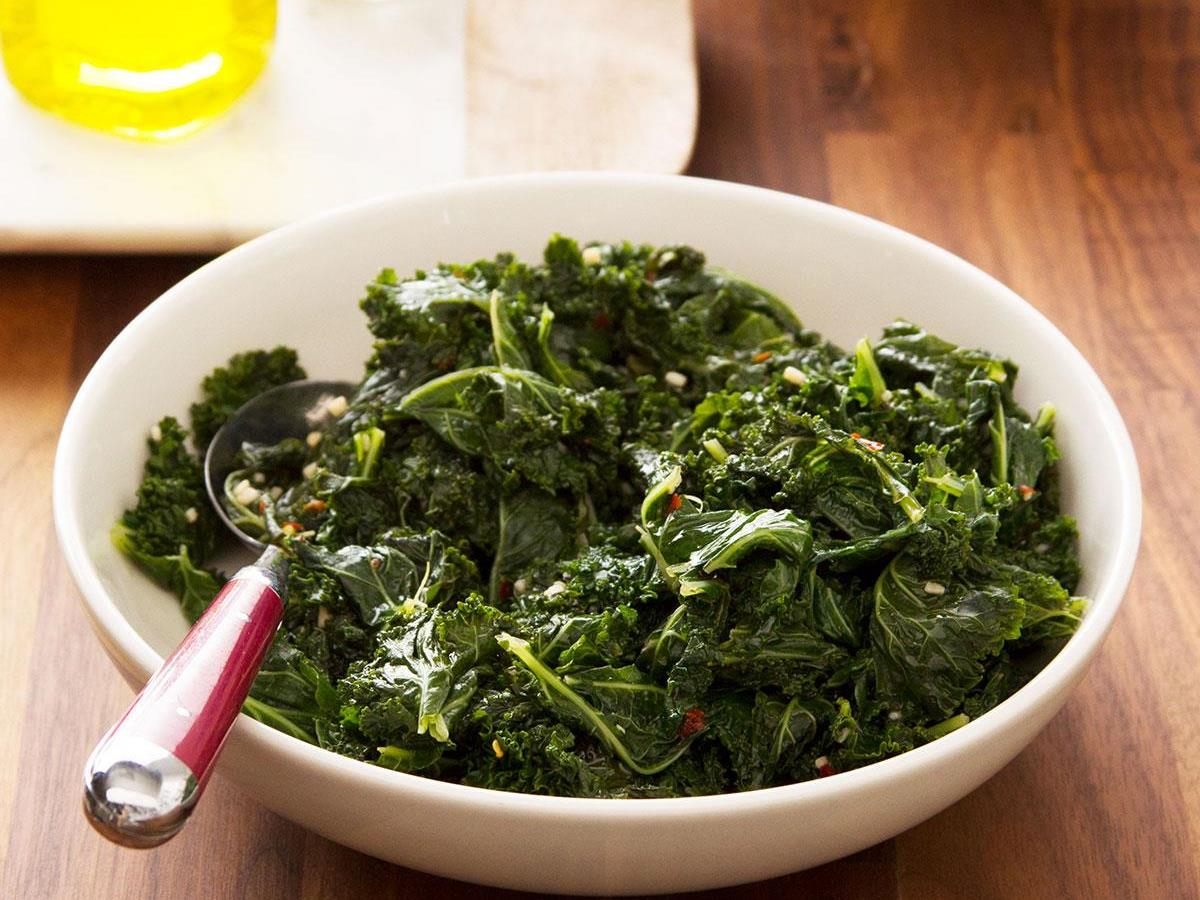
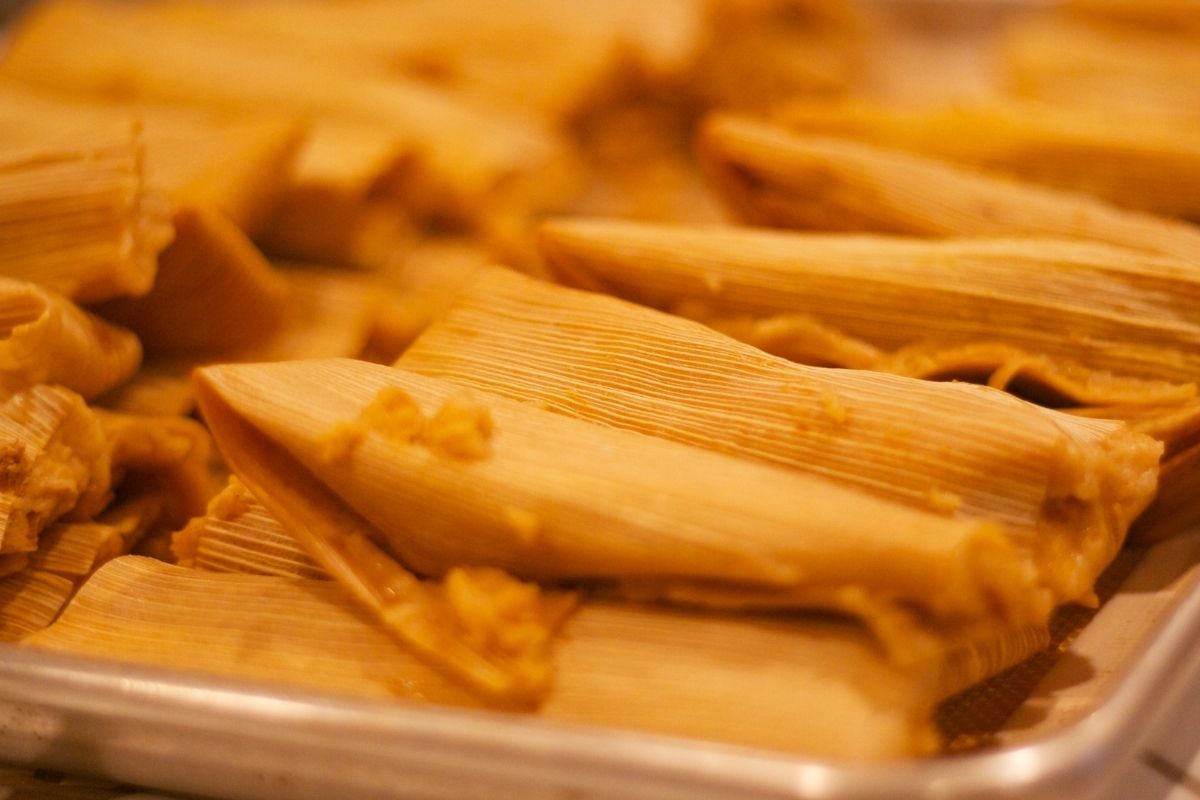
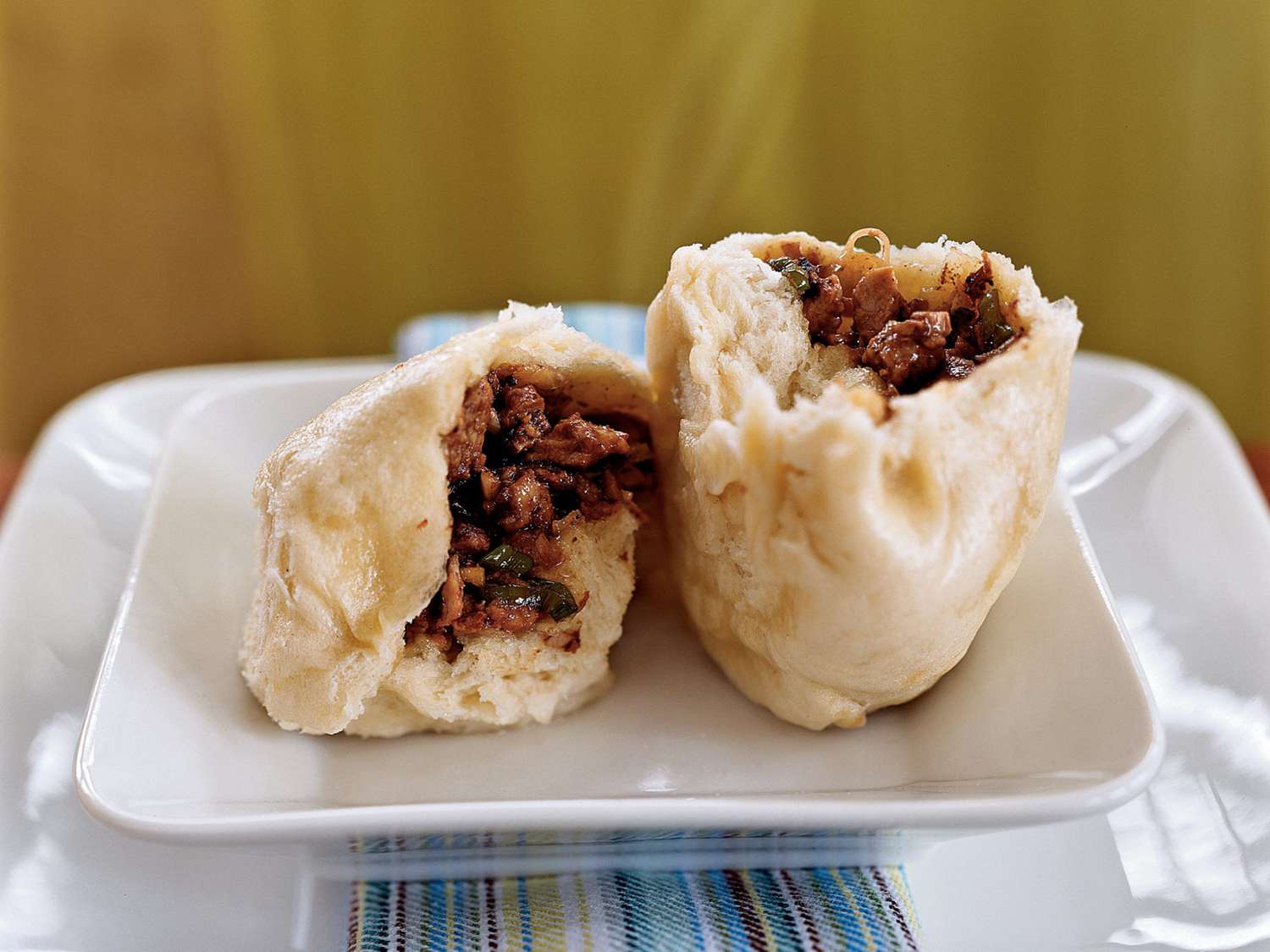
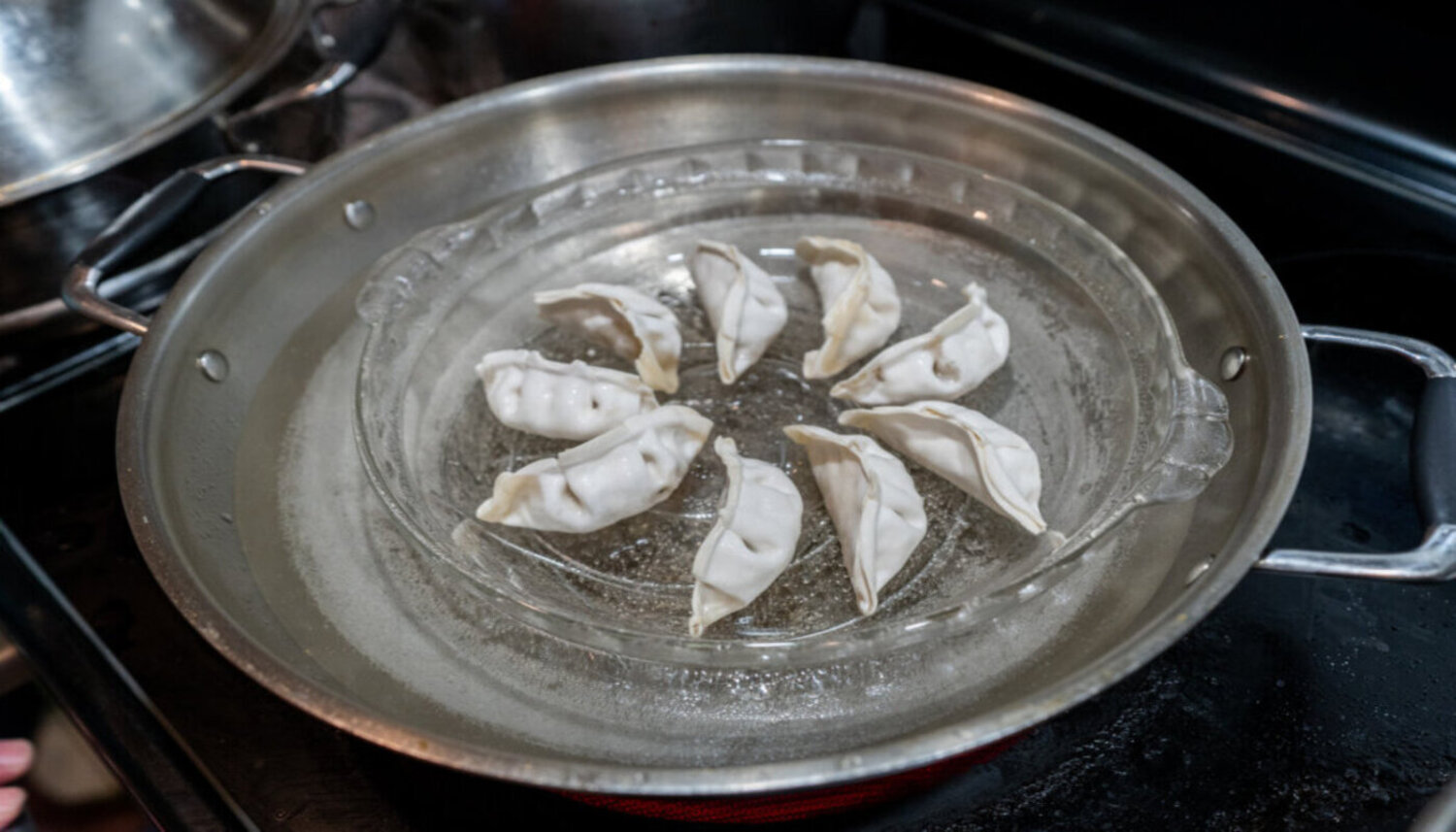

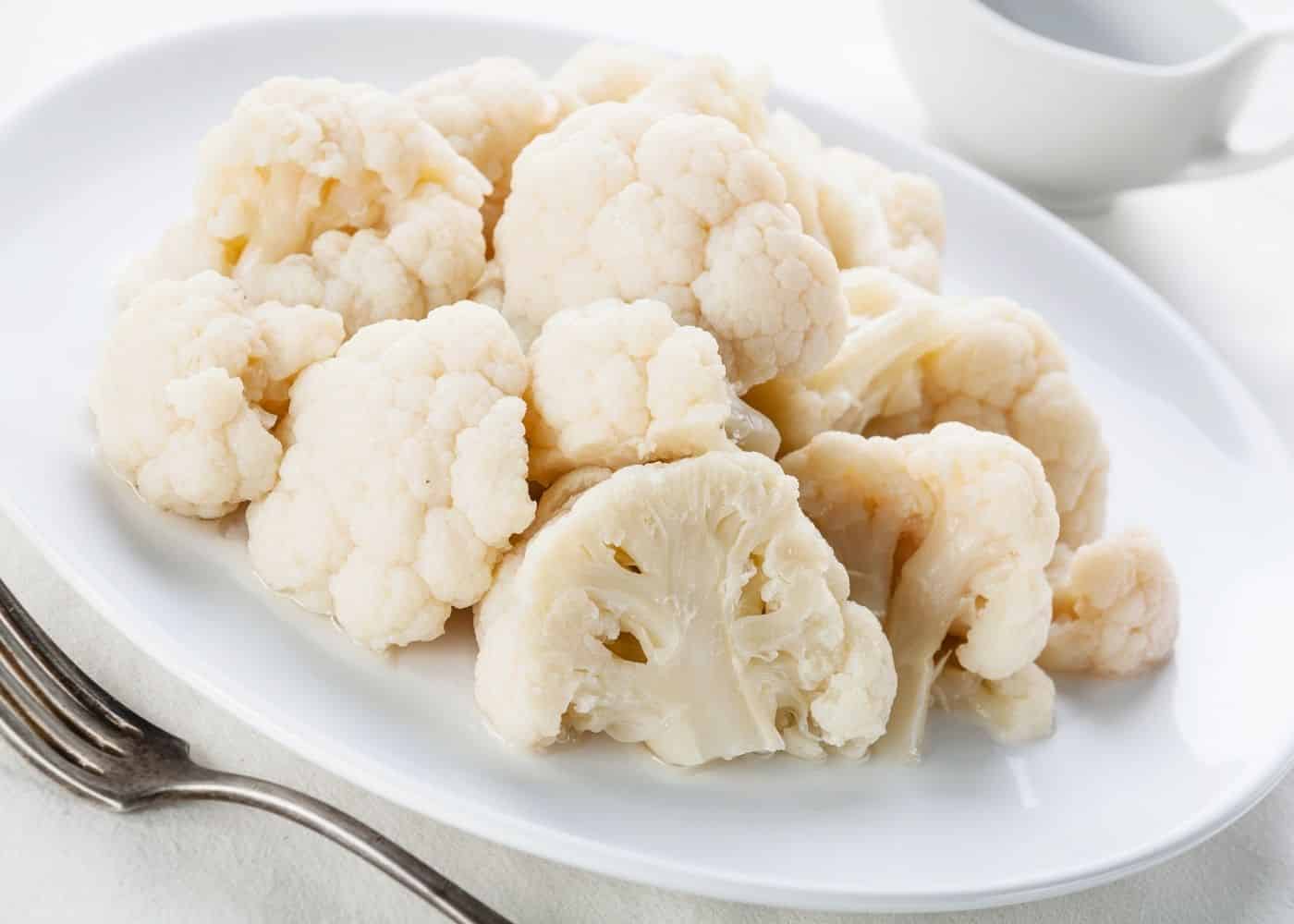
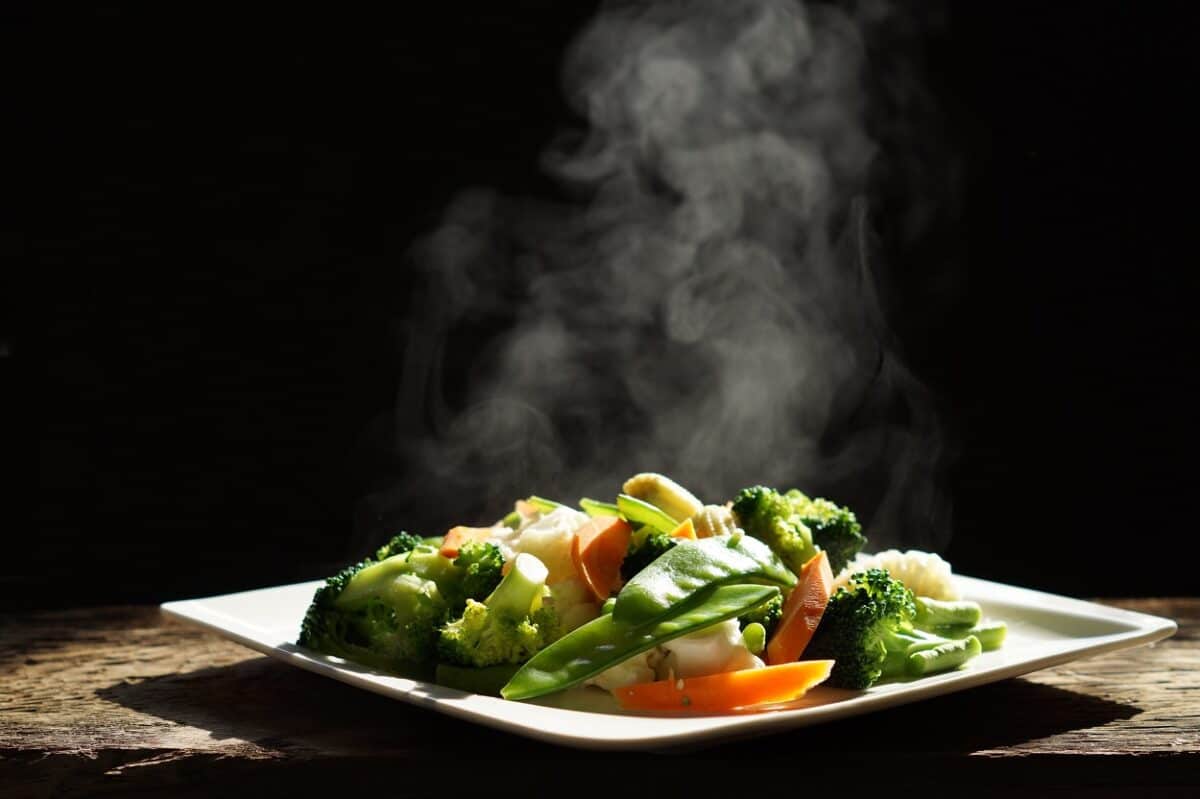
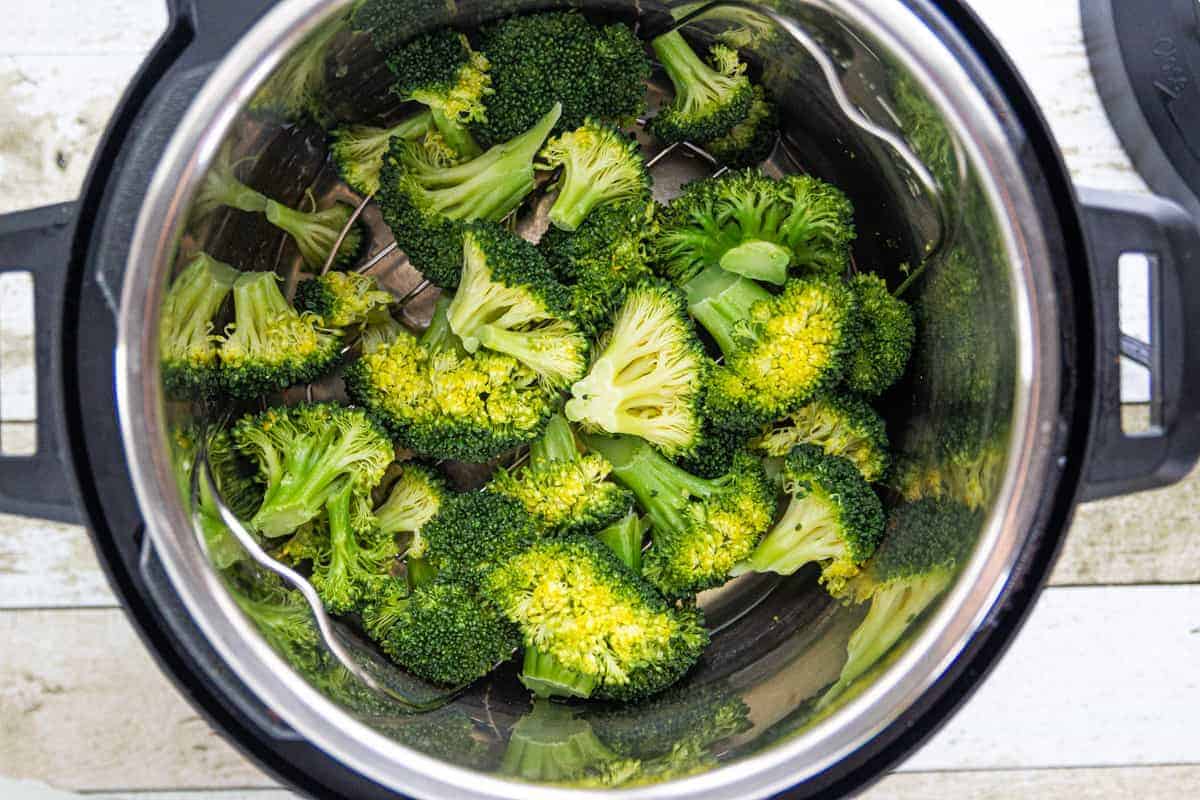
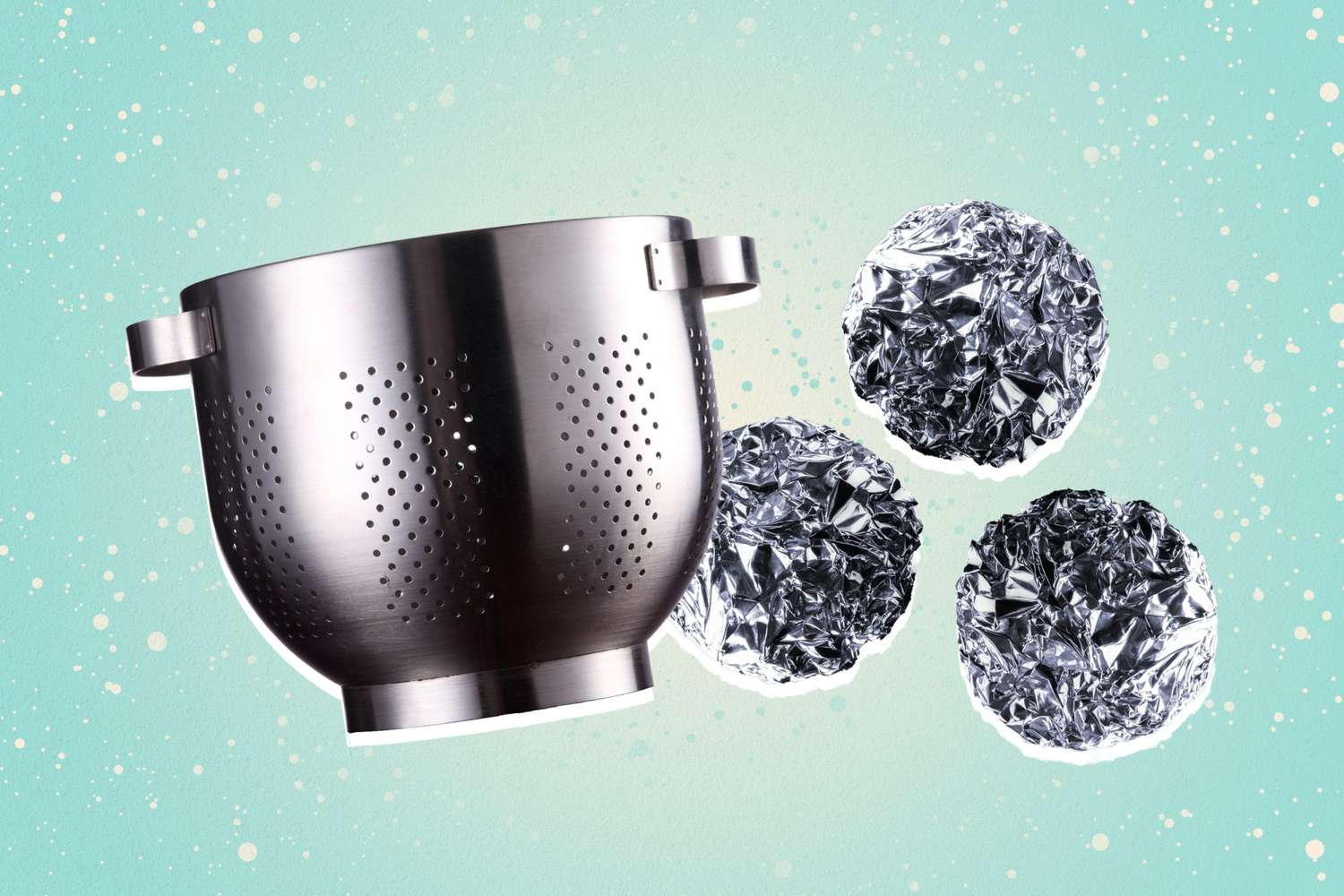
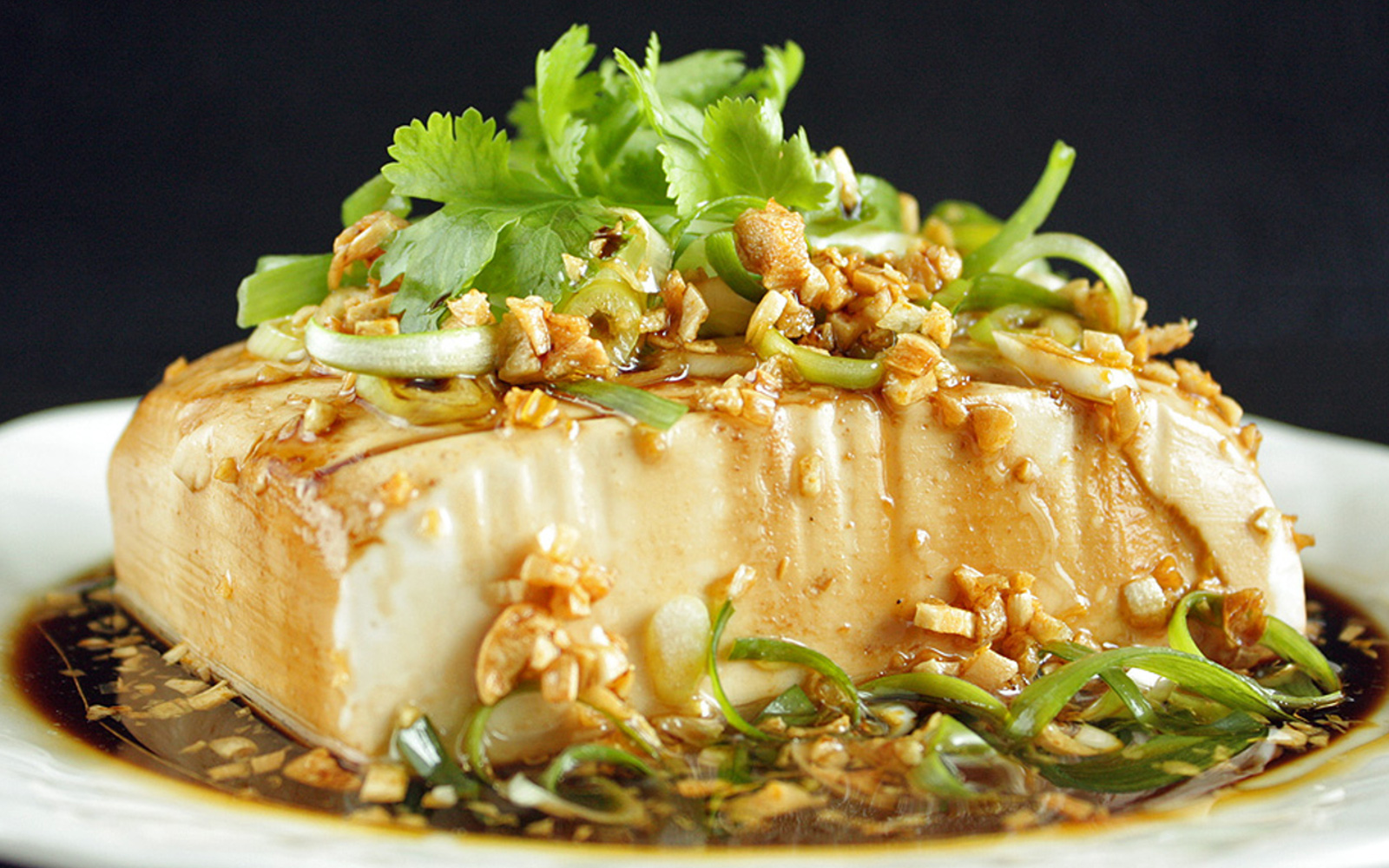
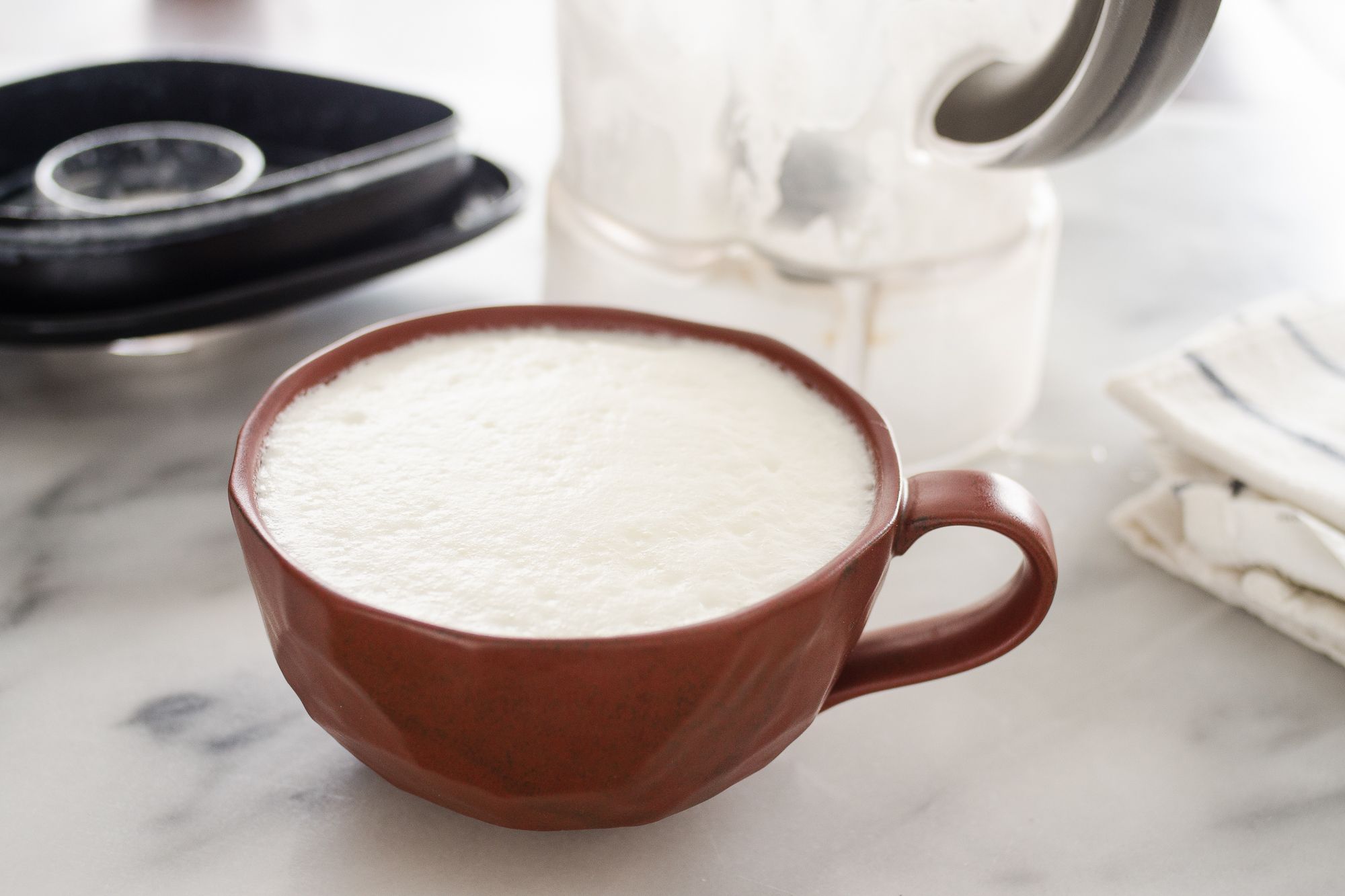

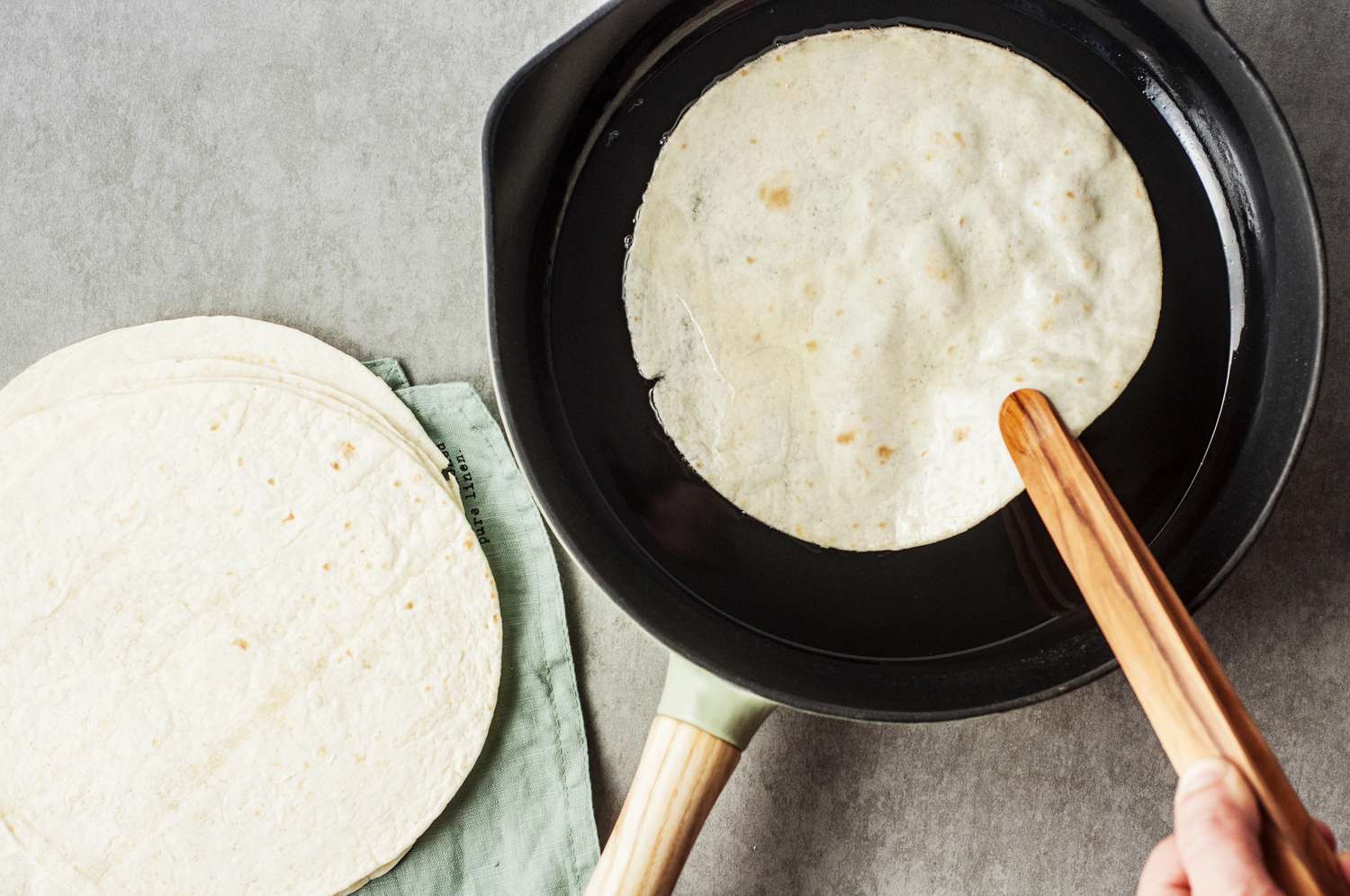
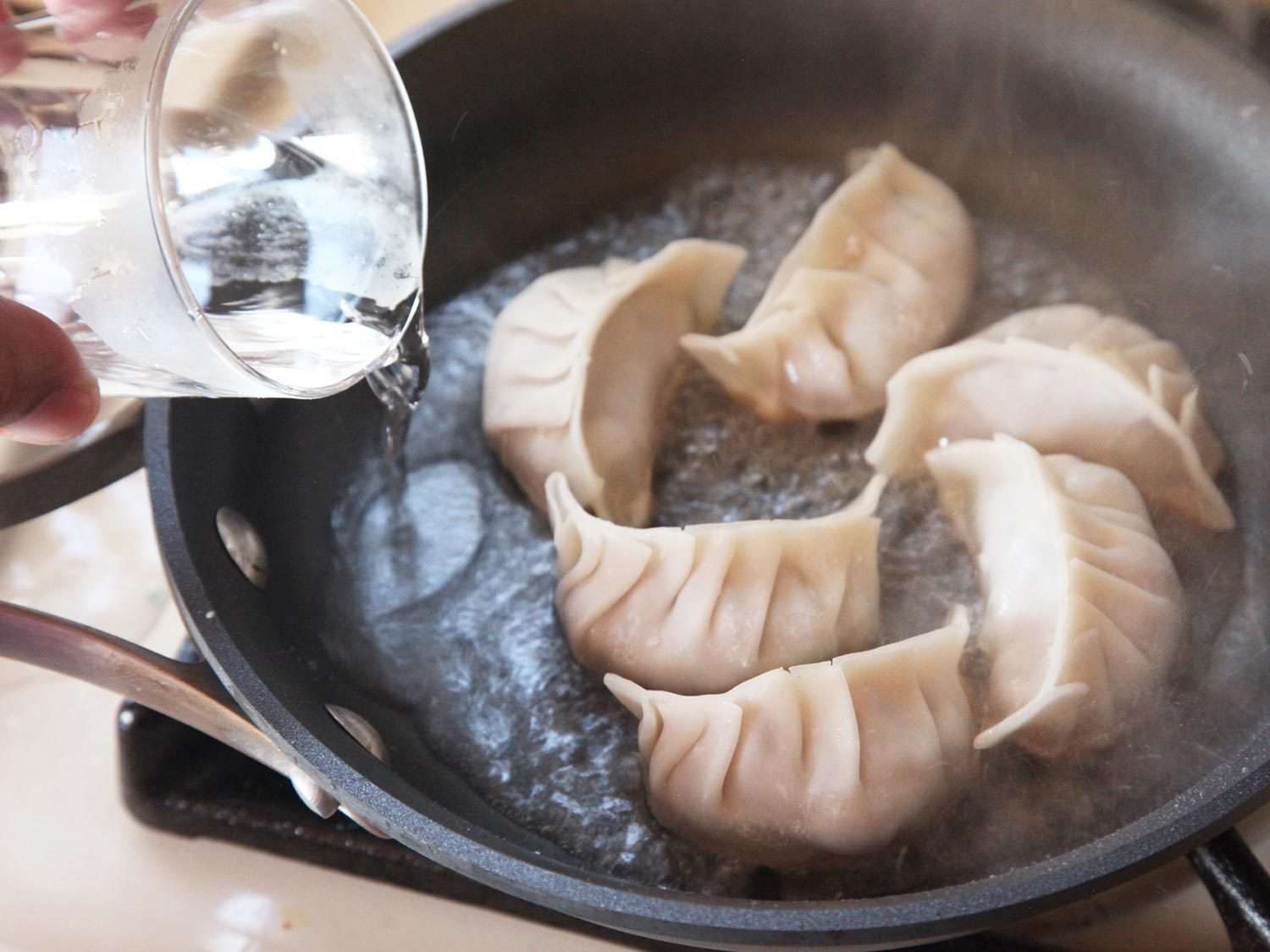

0 thoughts on “How To Cook Siopao Without Steamer”